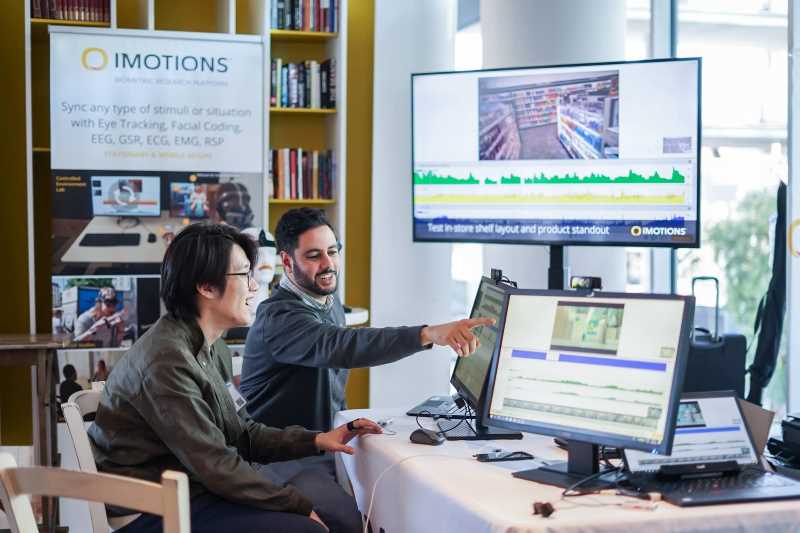Automatic emotion recognition systems aim to identify human emotions from physiological signals, voice, facial expression or even physical activity. Among these types of signals, the usefulness of signals from electroencephalography (EEG) should be highlighted. However, there are few publicly accessible EEG databases in which the induction of emotions is performed through virtual reality (VR) scenarios. Recent studies have shown that VR has great potential to evoke emotions in an effective and natural way within a laboratory environment. This work describes an experimental setup developed for the acquisition of EEG signals in which the induction of emotions is performed through a VR environment. Participants are introduced to the VR environment via head-mounted displays (HMD) and 14-channel EEG signals are collected. The experiments carried out with 12 participants (5 male and 7 female) are also detailed, with promising results, which allow us to think about the future development of our own dataset. (Less)
Related Posts
-

Memory Modulation – Measuring What Truly Sticks
Academia
-

The Science of Resilience: Measuring the Ability to Bounce Back
Academia
-

Measuring Pain: Advancing The Understanding Of Pain Measurement Through Multimodal Assessment
Ergonomics
-

Feeling at Home: How to Design a Space Where the Brain can Relax
Ergonomics



